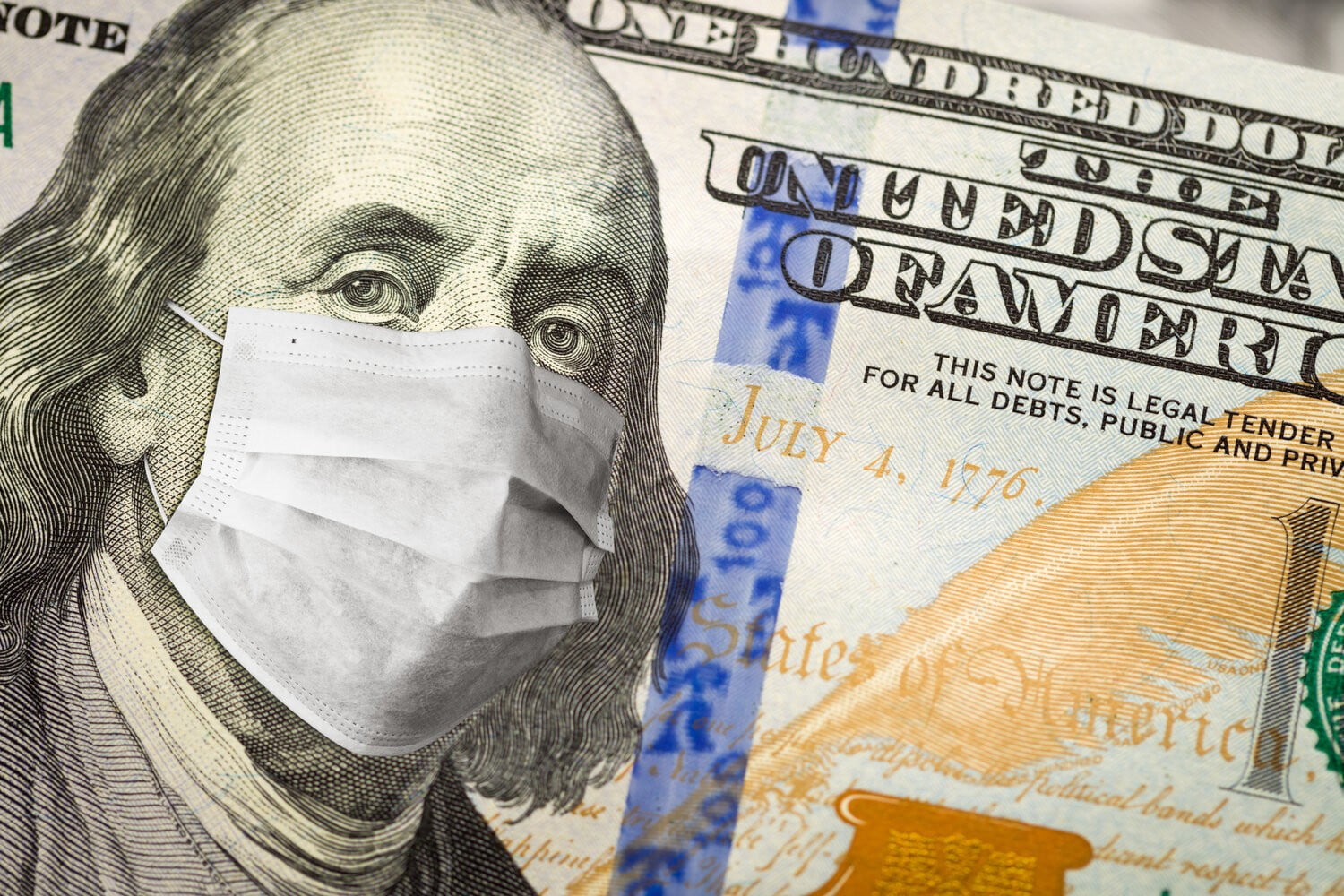CARES Act Offers New Net Operating Loss Rules to Help Businesses

While the Paycheck Protection Program and EIDL loans garnered a majority of the attention from the Coronavirus Aid Relief and Economic Security (CARES) Act, a major step to repeal net operating loss (NOL) restrictions has flown under the radar. The Tax Cuts and Jobs Act (TCJA) passed in 2017 put a limitation on losses that could be used in a given year. It also prevented companies from carrying back NOLs and limited losses to a 20-year carryforward where only 80% of taxable income could be offset. This made it no longer advantageous for companies to take advantage of every tool available to generate losses and lower tax liabilities.
In an effort to get cash back into businesses in the wake of the COVID-19 economic shutdown, the CARES Act repeals and modifies these rules. Provisions include:
– Losses incurred in 2018, 2019, and 2020 are now able to be carried backward 5 years
– Repeal of the 80% limitation applied to losses to be recognized before 2021
– Removal of excess business loss rules for pass-through owners
– Repeal of provisions that prohibited Qualified Improvement Property from accelerated depreciation
These new rules present a substantial opportunity for companies to use all government incentives available, such as cost segregation, bonus depreciation, and Sec. 179D deductions to produce losses. If a loss can be produced, a business may be able to access a refund for federal income taxes paid in the prior five years.
The ability to access refunds from the past five years makes it doubly beneficial to combine multiple tax strategies, such as cost segregation and an R&D Tax Credit study. By allowing a carryback of five years, the government is allowing companies to access liquidity through income tax refunds for prior years. In order to access this liquidity, companies may want to consider the following strategies:
1. Cost segregation study to accelerate life on building property and create a bigger deduction
2. Amend returns to claim bonus depreciation
3. Amend returns to claim bonus or accelerated depreciation on qualified improvement property (QIP)
4. Attempt to free up any unused R&D Tax Credits from 2014 and 2015 through the creation of losses so those credits can be claimed on a 2016 or 2017 amended return
5. Conduct a Sec. 179D study to identify deductions for installation of energy efficient commercial building components
Of course, much of how these losses will be applied and claimed is still up in the air. Taxpayers should consult their CPA or financial advisors to assess the full implication of a NOL generation. Diligentiam’s team stands ready to help anyone seeking to pursue this opportunity. Our experts have been conducting cost segregation studies and implementing tax-saving strategies for decades. Please contact us for a free consultation.
Image Credits
Creator: Andy Dean Photography Credit: Andy Dean – stock.adobe.com Copyright: ©Andy Dean – stock.adobe.com


Keep up the great work! Thank you so much for sharing great posts.